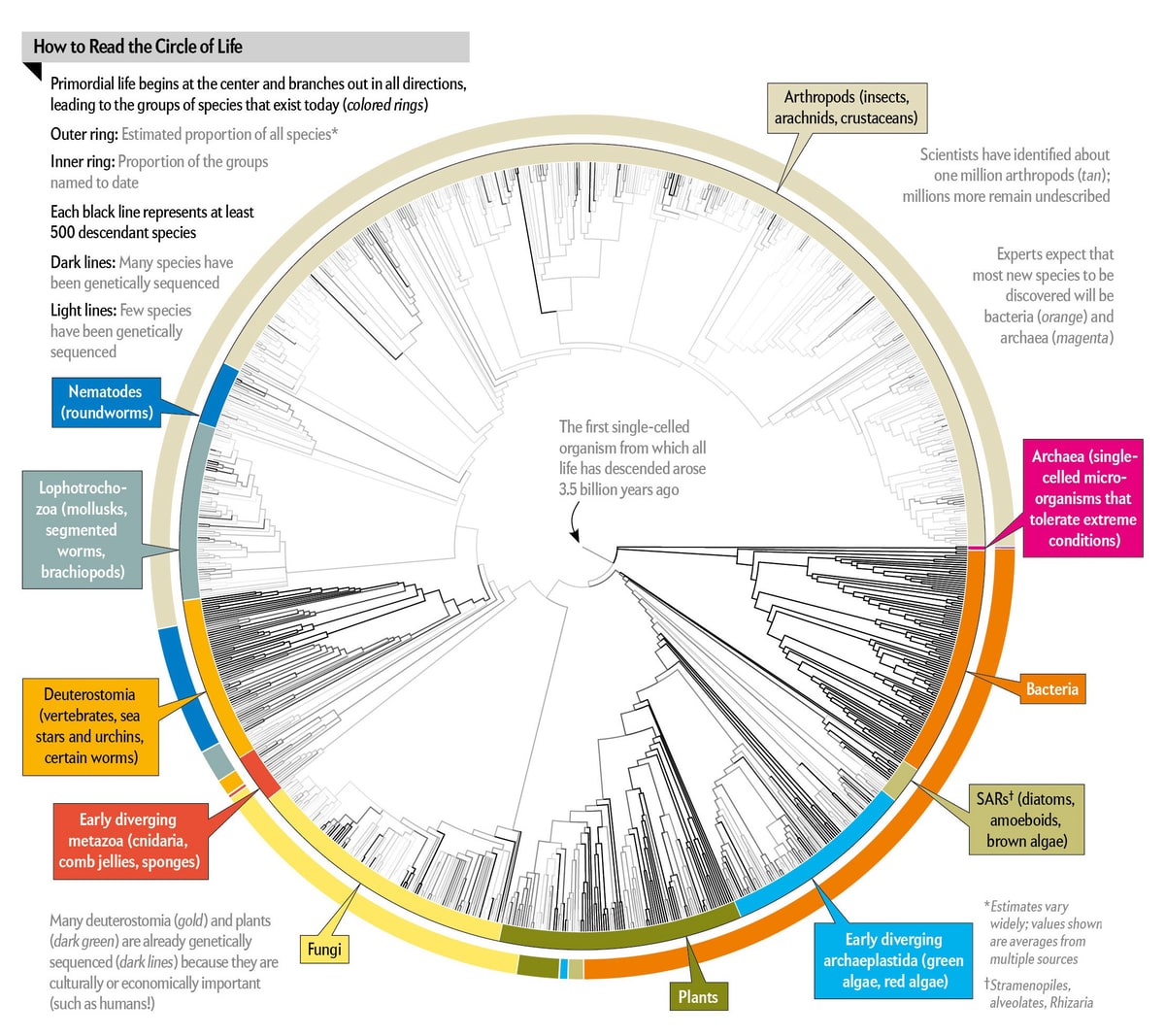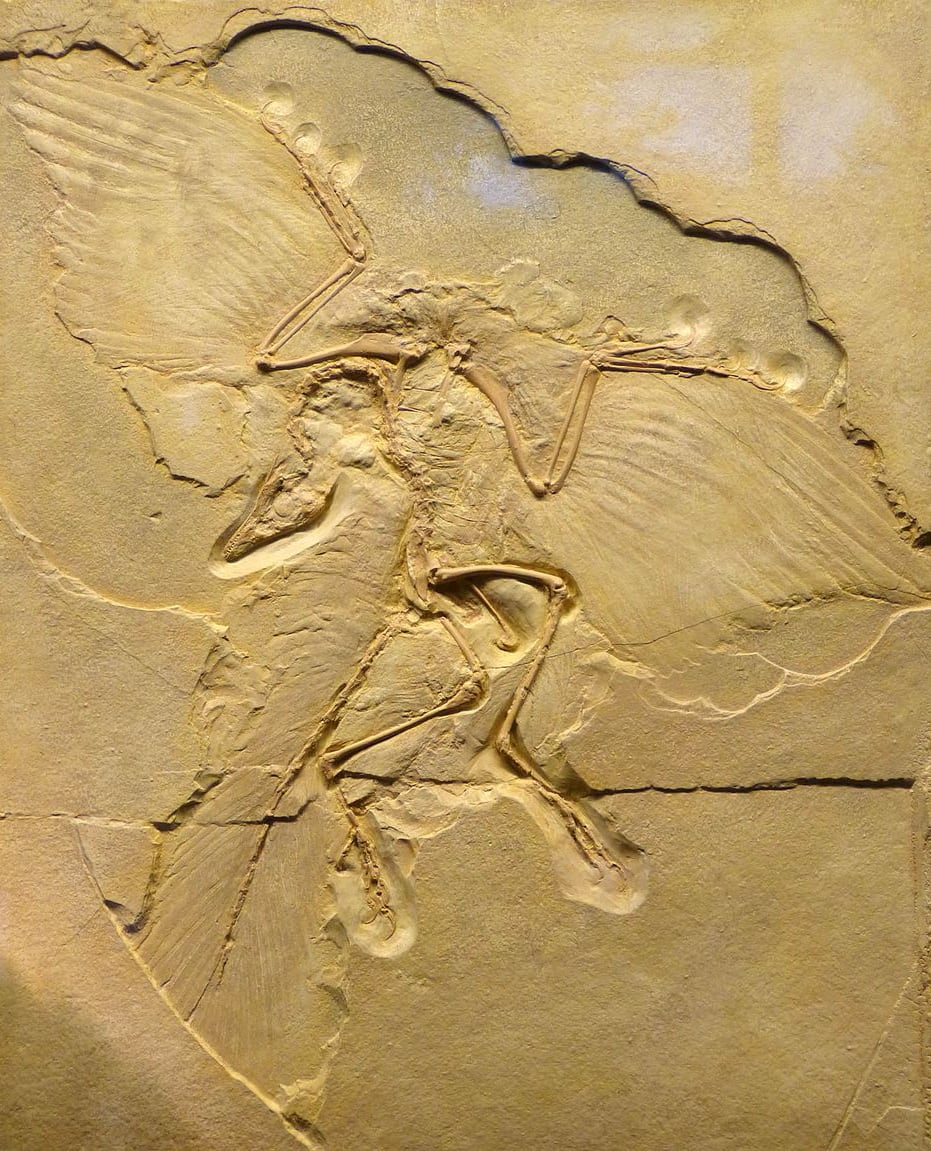What’s the best image to represent evolution?
Other than the obvious one, I mean? 😜
This morning I was working on a post for PainScience.com about an evolutionary perspective on pain, and I decided to (finally) track down a good image to represent evolution and natural selection. Not easy! The best symbol is the least scientifically sound, and the rest are either less recognizable, out-of-date, or unavailable.

The infamously misleading “March of Progress” image shows a queue of primates, each one more upright than the last. It’s the undisputed symbolic champ, but it’s so misleading that I’d rather not reinforce its insidious power: it implies that evolution is linear and progressive, rather than messy and without predetermined outcomes.
Why do I care? Maybe protesting the usage of this image is like the fight over the word “literally” [xkcd]. Maybe it’s not a big deal [WUSTL.edu], because it’s just one model, and “all models are wrong but some are useful" (George EP Box). But my gripe is that it’s not merely wrong — it drags the mind away from the truth. All simplifications are wrong, but some are harmful. I think this one is a harmful oversimplification that actively interferes with understanding evolution.
This nerd wants nuance and accuracy more than instant symbolic recognition.
ChatGPT coughed up a whole bunch of possibilities that hadn’t occurred to me (“list everything related to X” is one of that technology’s core competencies). But I don’t think there was ever really any serious possibility other than a modern tree-of-life, specifically a cladogram, and even more specifically a circular one, like this one…

Clearly it lacks the symbolic power of the March of Progress. But it is a strong image, rich with data and meaning.
Next best choice? Maybe, probably … Archaeopteryx…
